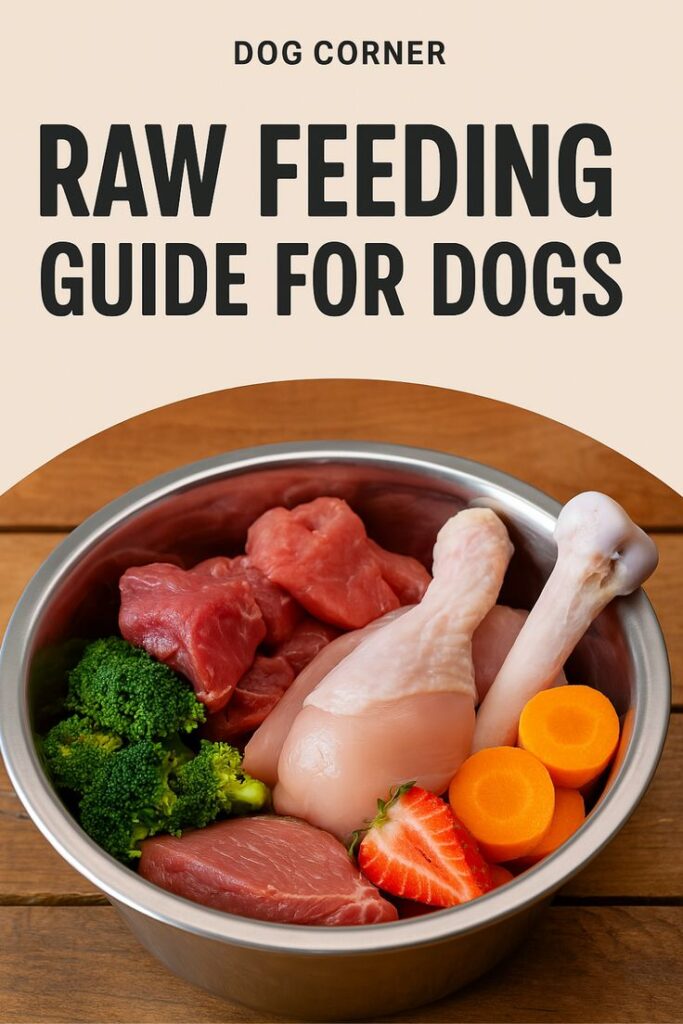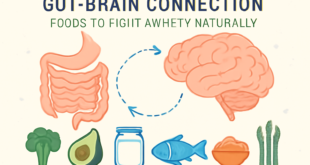
RAW FEEDING
Raw food diets have recently gained in popularity with pet owners for various reasons. Supporters of this natural and species-appropriate diet claim it can bring many health advantages for dogs such as healthier coats, stronger teeth, more energy and reduced stool volumes; but switching your pup from kibble to raw must be carefully managed in order to prevent digestive problems and ensure nutritional balance, just like what wild canines would consume in nature.
What constitutes a Canine Raw Diet?
Composed primarily of raw meat, bones, organs and fruit or vegetables (BARF: Biologically Appropriate Raw Food or Bones and Raw Food), raw diets are often known by this name and usually include such components as these:
- Energy comes from protein sources like chicken, beef, turkey and lamb.
- Raw meaty bones such as turkey necks and chicken wings should always be consumed raw to be safe for consumption.
- Organ meats such as kidney, spleen and liver all serve specific culinary uses and should never be eaten raw or unprepared.
- Vegetables and fruits (with added fiber for optimal nutritional support) provide essential essential vitamins and minerals.
- This diet eliminates processed food items, grains and additives typically found in commercial pet kibble.
Benefits of Adopting a Raw Diet
Many dog owners report seeing improvements in the coat and skin condition of their pup as well as less hairball production from him or her, along with reduced scratching episodes.
Consuming raw bones helps with the natural elimination of plaque and enhance dental health by clearing away bacteria build-up on teeth.
Raw food may be more digestible to some canines.
Eat well to boost energy levels overall. A diet rich in vital nutrients contributes significantly to increasing overall vitality.
Smaller and less pungent stools result from improved digestion that decreases waste production.
Warnings and Considerations
Raw feeding has many advantages; however, before embarking upon it it’s essential that we carefully consider its possible risks and drawbacks. Some issues to keep in mind when embarking upon such a diet include:
- Raw meat may contain bacteria without proper handling and refrigeration techniques in place, potentially infecting consumers with an illness.
- Provision of animals with enough muscles, bones and organs through their daily food sources is absolutely vital to their proper development and wellbeing.
- With inadequate bone sizes comes an increased risk of choking hazards.
- Veterinarian Concerns: For health purposes, some vets do not advise following raw diets.
- Before embarking upon this transition process, consult a veterinarian knowledgeable in canine nutrition.
Switch Your Dog Over to Raw Diet (PDF Format).
- Start carefully. For optimal results, add small bits of raw food gradually over seven to ten days to your dog’s existing diet while gradually decreasing overall consumption overall.
- Select One Protein Source. To start off gradually and allow their digestive system to adjust more naturally to each new source of meat–ideally chicken–slowly over time and avoid overwhelming it too quickly with too many different kinds of proteins at the start.
- Keep An Eye Out For Their Reaction. mes Watch for symptoms like stomach gas, vomiting or diarrhoea to gauge your dog’s reaction; their bodies may change over time with potential side effects like moderate detox symptoms as they detox.
- Alter their diet when your dog has become used to it.
Once your pup has adjusted to his initial protein diet, gradually introduce organ meats, bones and different meat types like lamb or beef into his daily meals for variety and growth. - Maintain nutritional equilibrium
To optimize raw diet for cats, owners may include supplements containing omega-3s and vitamins as needed to achieve nutritional balance. The ideal raw diet comprises 80% muscle meat, 10% bone meat and 10% organ meats–half should consist of liver.
Errors to Avoid
One of the more frequent mistakes committed while switching providers includes switching too quickly without making necessary adjustments first.
Eating solely muscle meat will likely leave your pet malnourished and lacking essential vitamins and minerals.
Accidentally giving out cooked bones could have catastrophic results, particularly among younger victims.
Abandoning symptoms of disease or intolerance could have disastrous repercussions for someone’s well-being.
Acknowledging veterinary advice could lead to substantial car planning and purchase savings.
Final Thoughts on Dog Raw Dieting
While not every pet or owner may find raw diet suitable, many pet parents believe its health advantages outweigh any initial difficulties. As always, start this path slowly while conducting thorough research, prioritizing each pup’s individual needs first and foremost.
 healthybodyboost.net Healthy Body Boost
healthybodyboost.net Healthy Body Boost



